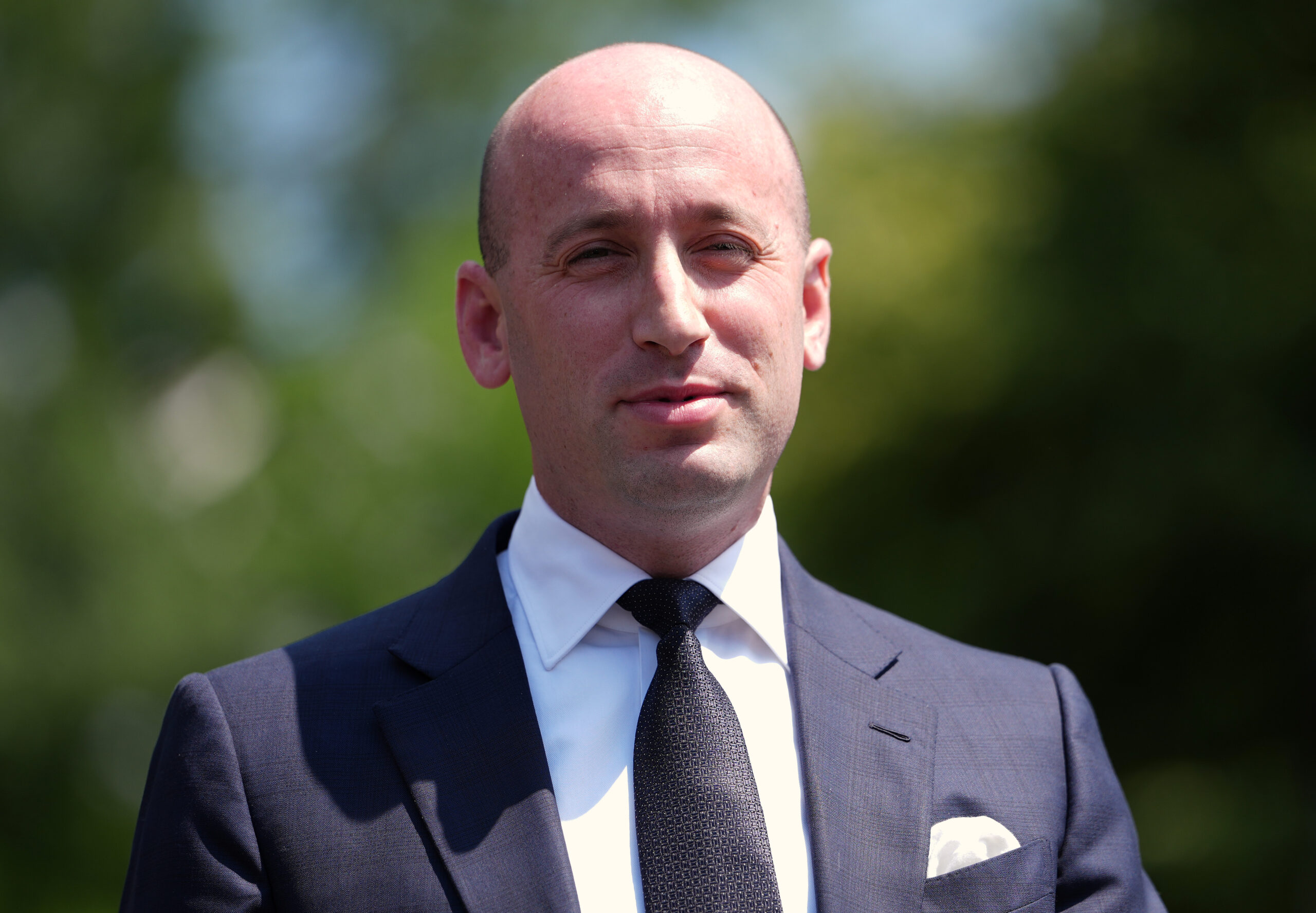Press Release
Report shows many voting problems from 2004 still unresolved and threaten to mar midterm elections
Related Issues
Common Cause
The Century Foundation
The Leadership Conference on Civil Rights
(contact info below)
Century Foundation, Common Cause, and the Leadership Conference on Civil Rights Release 10-State Study Showing Slow Progress on Election Reform
With the critical midterm elections just weeks away, a new report from The Century Foundation, Common Cause, and The Leadership Conference on Civil Rights shows that most problems exposed in the 2004 election remain unresolved, and some have been exacerbated and threaten to mar the mid-term elections in just four weeks. Progress has been made in resolving only a small number of the shortcomings.
The report, “Voting in 2006: Have We Solved the Problems of 2004?” is a follow up to a report on voting problems issued in 2004 by the three organizations that had closely monitored voting on Election Day 2004. The groups revisited these problems in time for Election Day 2006 to determine to what extent they had been addressed. The results on the whole were troubling. For example, some states have made it harder to register to vote, rather than easier. This is critical because problems with voter registration were among the most common complaints of voters in 2004. Another critical problem two years ago — long lines for voters — is likely to recur because few states have dealt with that issue. New voter ID laws in certain states are likely to disenfranchise voters and only one state has acted aggressively to address voter intimidation tactics. In every state, there is much room for improvement.
The report looks at ten states – Pennsylvania, Ohio, Missouri, Michigan, Florida, Wisconsin, Minnesota, Washington, Georgia and Arizona – and assesses what each has done since 2004 to address key issues, such as poll worker training, maintaining registration databases, voting machine distribution and provisional ballot distribution.
The states chosen all have had election problems in recent years, and all have races that are close and likely to most severely test the system.
“While some states have made progress in certain areas, most states have a long way to go in order to make sure their elections will be fair and accurate,” said Tova Wang, the report’s main author. “Some states have even taken steps to make the process more difficult and more likely to disenfranchise eligible voters than before, a totally unacceptable development.”
“Many of the problems outlined in this report are a result of political parties’ and politicians’ desires to gain partisan advantage in elections,” Common Cause President Chellie Pingree said. “This can not be. We need vast improvements in our election systems and processes that make voting easily accessible to all registered voters, and instill in voters confidence that their vote will be counted as cast.”
“Our nation just celebrated President Bush signing into law the reauthorization of the Voting Rights Act for another 25 years. But the report we’re releasing today shows that in many ways, the guaranteed right to vote remains illusory,” said Wade Henderson, president of the Leadership Conference on Civil Rights.
Among the findings in the report:
Although voter registration rules and requirements was identified as one of the biggest barriers to voting, some states have made it MORE, not less difficult to register to vote
New voter identification laws in half the states studied present major new barriers to voting
Despite the considerable problem in 2004 of phony flyers and phone calls, only Missouri has taken aggressive steps toward halting these practices. Bills are pending in three states – Pennsylvania, Ohio and Minnesota.
Partisan pre-election and Election Day challenges to voting eligibility was a major source of controversy and possible voter suppression in 2004. Minnesota and Washington should be commended for taking steps to address this. Ohio also has passed legislation to address this issue, but certain provisions of this law are being challenged by voting rights groups. Most of the states studied have not taken sufficient measures to rein in this deplorable practice and existing laws are vague enough to be abused again.
Despite the widespread problems with long lines and insufficient and inequitably distributed voting machines in 2004, most states continue to have extremely vague and decentralized standards for voting machine distribution. Long lines threaten to be a problem again.
Key recommendations in the report included:
Remove barriers to registration, such as proof of citizenship requirements
Limit Identification requirements to those mandated by HAVA
Remove barriers to registration such as unduly harsh restrictions on third party voter registration drives
State and local governments must prosecute deceptive practices criminally and have in place emergency procedures to immediately correct the information spread by deliberate misinformation campaigns
States must establish fair standards for challenges
Prohibit election administrators from participating in partisan political campaigns
The report also includes individual state profiles for each state studied with an assessment of the state’s progress and performance in key areas of election administration and protection of voting rights.
Click here to view the full report.
Click here to view the executive summary.
Click here to view the state profiles.
The report can also be downloaded from the Web sites of The Century Foundation (www.tcf.org) and the Leadership Conference on Civil Rights (www.civilrights.org).
For more information or interviews regarding the report, contact Christy Hicks at The Century Foundation, (hicks@tcf.org or 212-452-7723); Mary Boyle at Common Cause (mboyle@commoncause.org or 202-736-5770); or Mistique Cano at the Leadership Conference on Civil Rights (mcano@civilrights.org or 202-263-2882).
